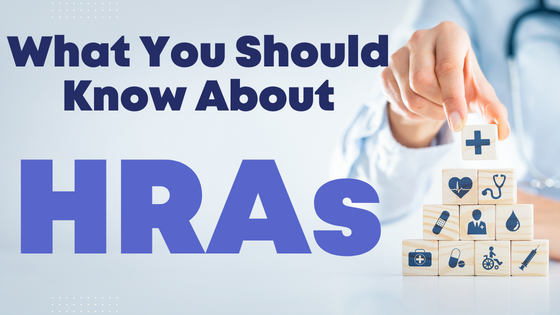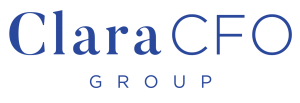
HRAs for Small Business
HRAs (Health Reimbursement Arrangements) are a relatively new way to provide employees with funding towards their healthcare without the employee being taxed for the payments.
What are HRAs?
HRAs are an employee-driven healthcare model. Employees are able to pick healthcare plans and medical treatments that work best for them and you, as the employer, are able to set a budget each month to contribute to the employee’s expenses.
Step-by-step – How do these programs work?
- Employer sets up a qualified HRA program, sets employee limits, and communicates the benefit to employee
- Employee spends on money on qualified healthcare expenses
- Employee submits claims/expense to the HRA portal
- Employer is notified about what expenses need to be reimbursed
- Employer can reimburse employees through payroll or check (making sure it’s classified as a non-taxable benefit)
- Employer only pays out the amount of the claim. If the employee does not use all of the allowed funds at the end of the period, then the employer is not required to pay out the remainder.
Types of HRAs:
There are two types of HRAs: QSEHRA and ISHRA
QSEHRA (Qualified Small Employer HRA) is for businesses who have under 50 employees. QSEHRA is the simplest of the two where all employees get the same amount of reimbursement allowance. A QSEHRA can be used on a wider range of benefits (such as funding towards a spouse’s health coverage). QSEHRA is also limited on how much you can reimburse.
ICHRA (Individual Coverage HRA) allows more “classes” of employees, so you can offer different benefits to different employee types. For example, if you wanted to have a different benefit for Full Time vs. Part Time employees, you can do this with an ICHRA. You can also reimburse higher amounts with an ICHRA than a QSEHRA.
Who is a great fit for an HRA?
We love HRAs because they can be a first step into offering health benefits to your team members. Since you can set a budget that works for a growing small business, it can be a more predictable cost than a group health insurance program.
Small to medium-sized businesses that are looking to put more power to choose healthcare in their employee’s hands are a great fit for HRAs. It could also be a cost-saving tool if you already have a group program that your employees aren’t loving.
If you are interested in starting a program, consult with an HRA professional. Depending on who you work with, they can be quick and easy to set up and get going.
To learn more about HRAs take a look at these resources:
We use Take Command Health: Learn more and get started
Read: Employee Benefits 101 – What do you need to know?
Watch: HRAs for Small Business – what small business owners need to know

Watch: Employee Benefits Overview for Small Business 2022

Watch: Affording Benefits – What to consider when adding benefits costs







